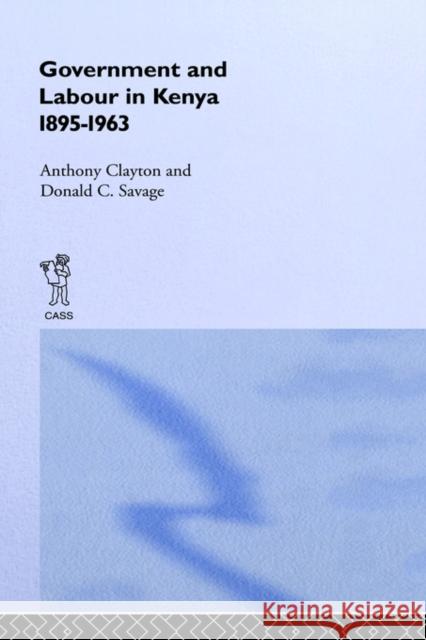Government and Labour in Kenya 1895-1963 » książka
topmenu
Government and Labour in Kenya 1895-1963
ISBN-13: 9780714630250 / Angielski / Twarda / 1974 / 506 str.
Government and Labour in Kenya 1895-1963
ISBN-13: 9780714630250 / Angielski / Twarda / 1974 / 506 str.
cena 702,94
(netto: 669,47 VAT: 5%)
Najniższa cena z 30 dni: 654,86
(netto: 669,47 VAT: 5%)
Najniższa cena z 30 dni: 654,86
Termin realizacji zamówienia:
ok. 22 dni roboczych
Bez gwarancji dostawy przed świętami
ok. 22 dni roboczych
Bez gwarancji dostawy przed świętami
Darmowa dostawa!
Published in the year 1974, Government and Labour in Kenya is a valuable contribution to the field of History.











